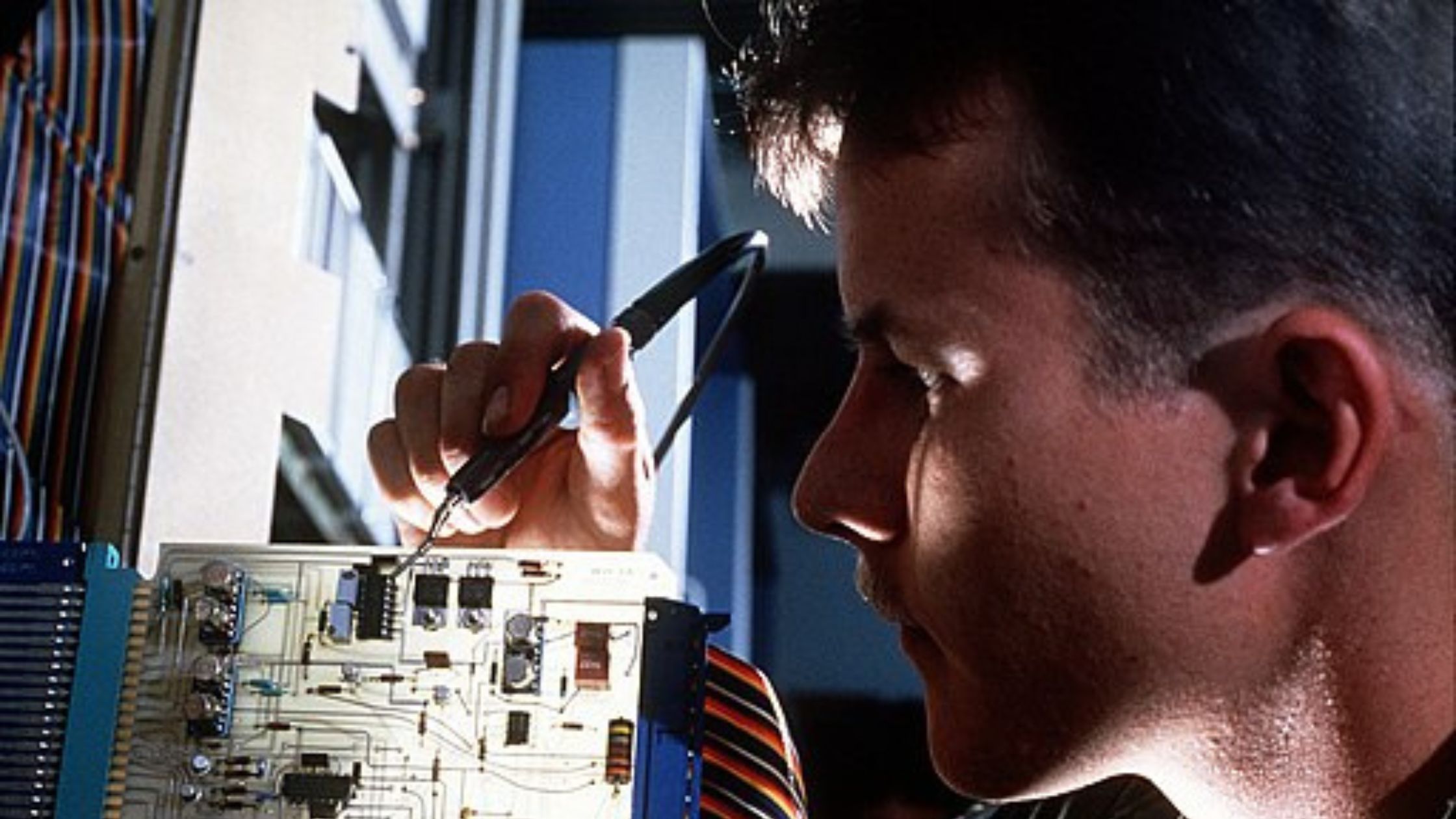A backup electric power resource at home or in the office is insufficient. You have to ensure that the generator machine is in running condition and can be functional whenever there is a power outage.
Modern lifestyle benefits available do not allow too many outages by power supply companies. It may be tough to know whether the generator you bought a year ago is fully functional.
It is a simple process to test run your generator at home without professional help. You can follow a few simple steps and know the machine’s status.

How To Test Your Electric Generator
Most generator machines have an automatic feature to start immediately after a power cut. With this feature, when a power outage occu rs, the generator is set in operation mode and functions as the backup electricity resource.
If your generator is sitting for months because there has been no power outage during that time, you need to check it.
- In the first step, turn off the main supply switch of your house. This switch is the main power supply switch to your house.
- As you turn it off, everything from the electric bulbs, fans, and air conditioners to all the appliances is switched off.
- Ideally, this should immediately activate the generator switch and turn on the power supply. The transfer switch is present to initiate the power supply.
- You will see that the generator will be switched on at first and it will run for about a minute.
- Following this, the transfer switch will make a click sound and this will initiate power distribution for various appliances and electrical gadgets in operation.
- The minute taken by the transfer switch to make the click sound and initiate the power supply is a check on the stability of the power supply.
- In case of a test run, allow the generator to function for at least 10 to 15 minutes.
- You may use this time to check if all the gadgets and appliances are operating systematically. You may even turn on something else and check their operational efficacy with electricity from the generator.
- At the end of the test run, switch on the main power supply button and allow the transfer switch to make the click sound. This will indicate that the generator has been turned off and is back on s tandby mode.
This is a simple exercise but important to follow periodically.
Why Should You Check The Generator?
It may seem unreal to you that a new generator will demonstrate malfunctions. However, it is a reality with machinery and equipment that malfunctions occur when they are not regularly used.
Generators are not used without power outages. Hence the need for a test run.
- You need to be prepared for all eventualities and ensure that your backup electricity resource is fully functional.
- If there is any malfunction that has crept in while being in disuse your test run will reveal it. It will save you from a rude shock in an hour of need.
- It is a part of generator maintenance that you run a test periodically to ensure it is in running condition and there are no malfunctions in it.
Frequency Of Generator Test Runs
One question that often arises in the minds of homeowners of standby generators is – how often should a test run be carried out for the generator.
- Ideally, the best person to answer this question is the technical helpdesk of the generator manufacturing company. Each brand may have its own set of test runs that is requi red within a year.
- You may conduct at least two test runs in a year even though in some countries with extreme fluctuations in weather conditions, this number can go up.
- Another easy solution for you to carry out a test run is to do it when you have a technician from the company for maintenance checks. oiling and machine part servicing may be required from time to time.
- They will be able to do it confidently and effectively detect any malfunctions if there are any. Checking the generator with a company staff is always advisable, especially during the warranty period.
Test runs are simple and easy to follow-steps. It goes a long way to keep your generator ready for emergency power backup.
